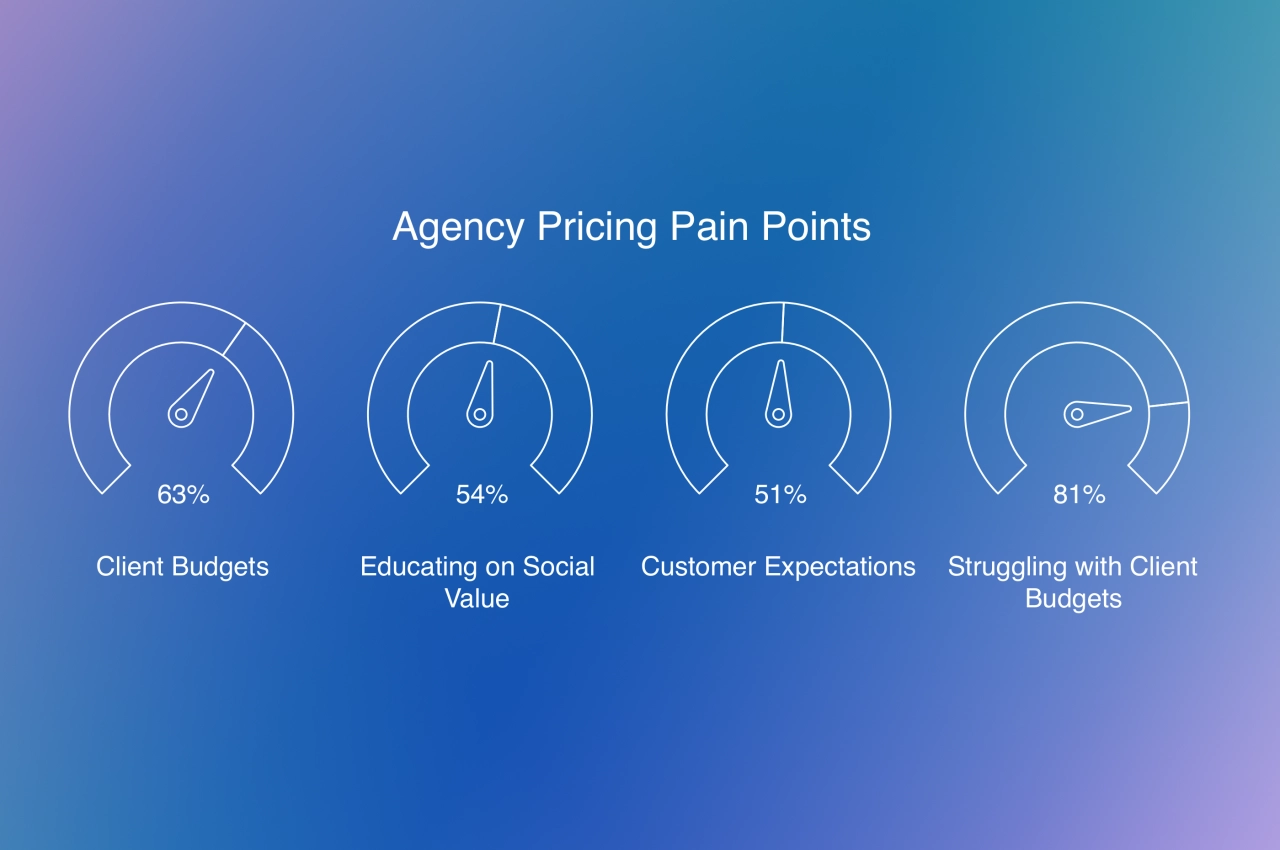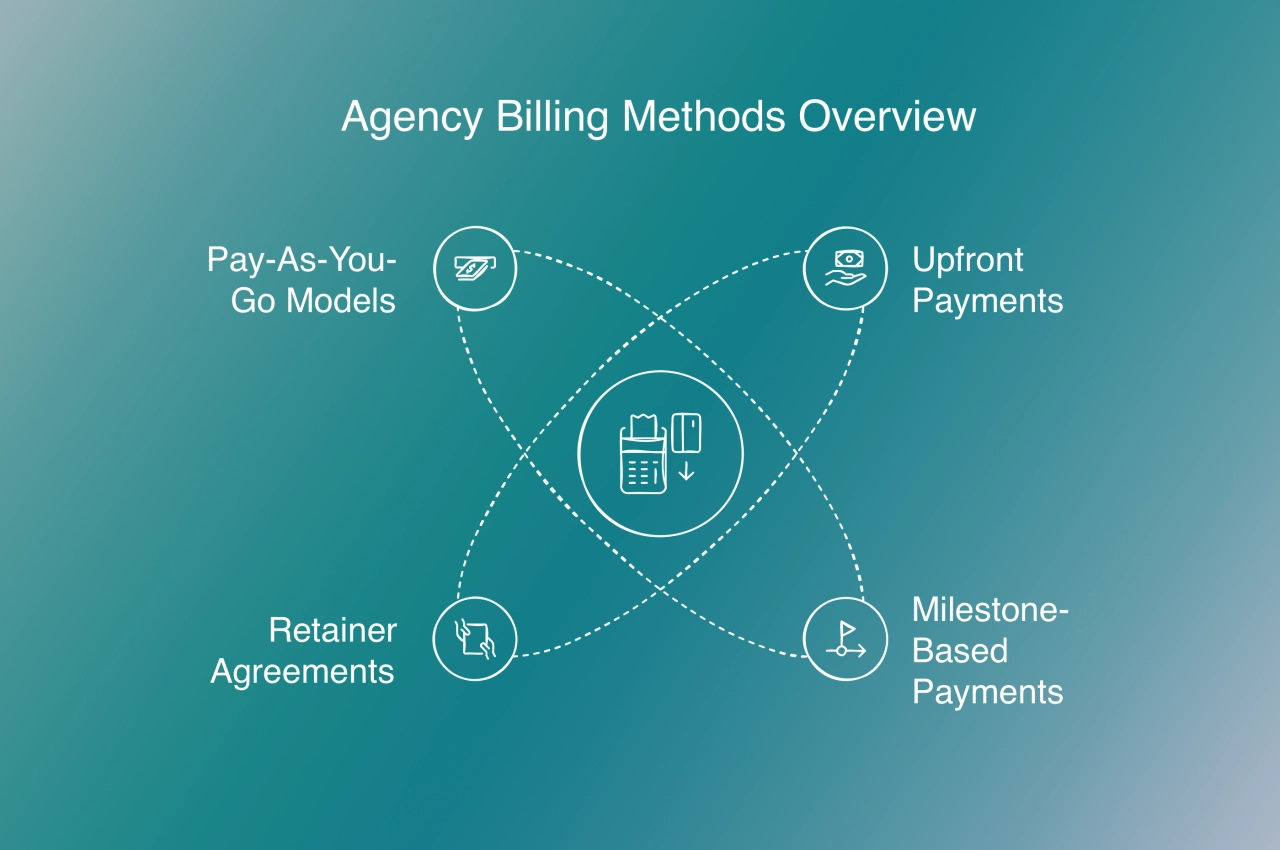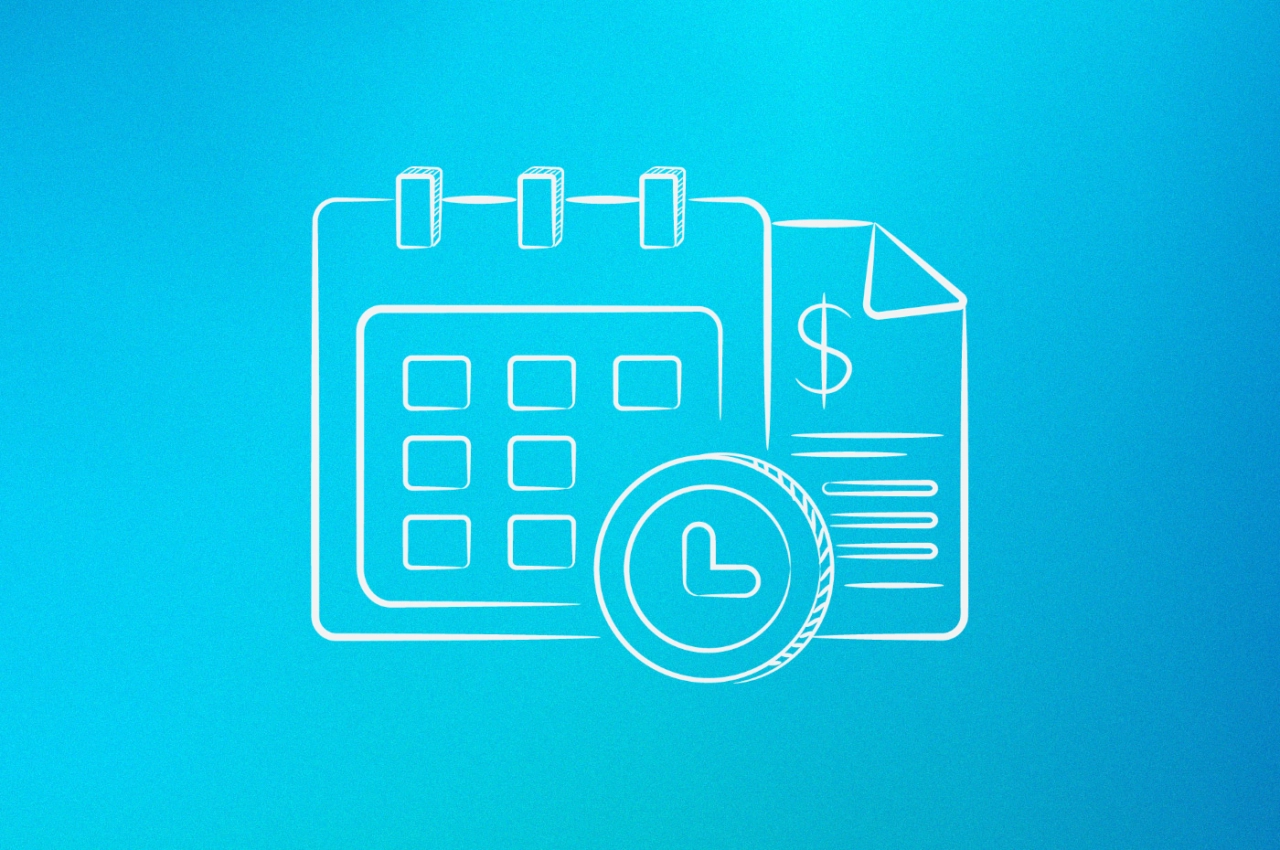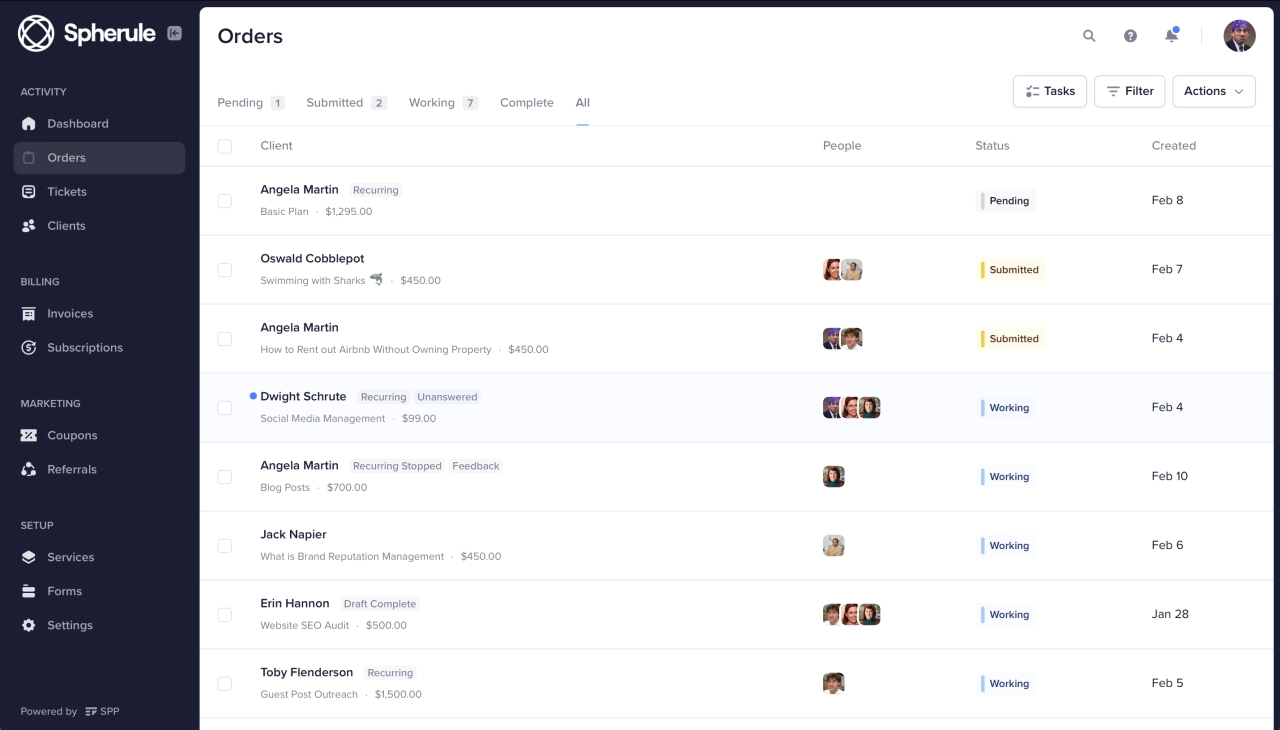The success of your agency is directly linked to the pricing model you choose. One thing some agency owners get wrong is that they opt for one, and never look back. The chosen agency pricing model doesn’t have to be fixed; it can evolve as your company grows and changes. There’s always room to test a new pricing strategy.
At Service Provider Pro, we’ve watched agencies go through different stages. Our software has a direct impact on the way they do business and price their services.
Let’s look at nine different agency pricing models you can choose from, including their pros and cons.
Pricing for agencies—why it’s important
Before we dig into the different pricing models agencies can make use of, why is it even important to choose the right one?
There are three main reasons why you should make your decision carefully:
Higher profits: A properly chosen pricing strategy increases your profit margin, leaving room to expand your business. You’ll also reap the benefit of improved client retention.
Attracting ideal customers: If you can align customer expectations from the start, you attract those that you’d define as an ideal client. Those who can’t afford high-priced services won’t consider them; those who can will expect high quality from you.
Growth potential: Many agency owners spend money on ads and other tactics related to the lead gen process in order to fuel growth. There might be a simpler solution, though. McKinsey & Co. conducted a study that showed that a small price increase of 1% can increase profits by as much as 8%.
13 agency pricing models to consider
With a better understanding of things that influence your fees, let’s dig into the different pricing models available, some of which agencies have been using successfully for a long time. There’s also a new kid on the block that I’ll introduce you.
1) Productized pricing
Before I talk about the traditional pricing models, let’s talk about one that is unknown to many agency owners: the concept of productizing.
Think about productized services as bundling a service outcome into a single package that you can easily sell. Similar to other pricing models, you promise the delivery of certain services in return for a fixed price. For your customers, it’s easy to see what they get for the price, easing the decision-making process. And for you, it’s easy to calculate the price and optimize processes to make the delivery more efficient.
Examples:
$2,000/month for 4 blog posts
$1,400/month for ads management
Advantages | Disadvantages |
|---|---|
Easy lead conversion thanks to clear pricing structure | Tricky to get the pricing right in the beginning |
Perfect fit for prospects with fixed budgets | Doesn’t leave much room for agency scaling |
Many opportunities for self-service | |
Perfect for services that can be largely automated |
2) Value-based pricing
Value pricing has not been the most popular model among agencies simply because it takes a lot of research to implement. You need to research your ideal clients, what their needs are and what they are open to spending.
Most agencies who use the value-based pricing strategy have invested considerable amounts in case studies that showcase their expertise. For instance, you’ll see that an SEO agency advertises themselves with helping company XY achieve 120% growth over ten months, or that they generated $500,000 in additional revenue. These kinds of results speak for themselves!
Examples:
SEO content strategy and implementation at $15,000/month
Google Ads management at $1,500/month + ad spend
Advantages | Disadvantages |
|---|---|
Perceived value ensures you can price your services highly | Not everyone wants to spend significant amounts that easily |
Interested clients look at long-term goals | Difficult to communicate if services don’t align with client goals |
Services are not time-sensitive | Clients can become impatient due to results taking months |
Perceived value ensures you can price your services highly | Not everyone wants to spend significant amounts that easily |
3) Project-based pricing
This model requires agencies to estimate the total costs for a proposed project, and charge a flat fee for it. The tricky part is estimating the hours required to fulfill it, and add a margin for scope creep. Communicating it isn’t easy either, as there’s often no cost breakdown per hour. Instead, the proposal might include a general overview—if at all.
For new agency founders, the project-based pricing model is not recommended. Instead, try it out after having done a few projects (on an hourly basis), and can estimate the time investment better.
Examples:
technical SEO website audit at $1,900
migration from WordPress to Statamic at $2,400
Advantages | Disadvantages |
|---|---|
Upfront costs makes it easy for clients to plan their budget | Costs difficult to estimate for new agencies |
Possibility to upsell to hourly/retainer services later | Projects taking longer will decrease your revenue |
4) Hourly-based pricing
The best way to bill clients as a freelancer is the hourly pricing model, but what about agencies? Some think that tracking the number of hours worked, and invoicing those later is a recipe for disaster—it doesn’t have to be.
Modern time tracking apps and software solutions such as the SPP client portal make things easier. We’ve developed a credits module that can be used in combination with time tracking software.
The benefit is that clients have to purchase a number of credits upfront, and you deduct them based on the time you spend on your projects.
Examples:
Shopify developer at an hourly rate of $80
dedicated copy editor at $60/h
Advantages | Disadvantages |
|---|---|
Simple to automate thanks to software | You need to give clients an estimate of total costs |
Opportunity to find new clients | Only works for a few services |
Great way to see how much time is spent on tasks | Wrong estimations might incur a loss |
5) Retainer-based pricing
The retainer model is rather popular among agencies of all sizes and industries. Its biggest advantage is the fact that it helps your company scale because your clients need to pay a certain minimum amount every month for the recurring service.
A monthly retainer is usually the end result of the agency finding the best services to meet the client’s goals. Thanks to results that speak for themselves, there’s not much risk of client churn. Plus, the retainer pricing model usually allows for assigning dedicated account managers, who are the point-of-contact. This forms a bond between agencies and their clients, which can last for many years.
Examples:
50 hours of web development at $6,000/month
$4,000/month for social media management including 3 social posts per day
Advantages | Disadvantages |
|---|---|
Easy to budget for clients | Scope creep a real possibility if hours are not managed properly |
Room to scale by increasing retainer costs | Onboarding can be challenging |
Upfront payment increases cashflow | Requires a lot of handholding |
6) Performance-based pricing
Performance pricing is a risky model that only nets you an income if you reach a particular goal. It is the industry standard for certain agencies, for instance those generating leads or sales.
That being said, it’s not always completely based on performance, because upfront payments and fees are charged in most cases. For instance, a lead generation agency will need to pay for their labor costs, software they are using, and charge clients a fee. Every qualified lead will be charged separately—which is where the performance-based pricing comes in.
Examples:
100 qualified leads for $250 per lead
5 DR80+ backlinks for $600 per link
Advantages | Disadvantages |
|---|---|
Low risk for clients, easy to pitch | Difficult to estimate costs for new agencies |
Can be highly profitable for experienced agencies | Projects taking longer will net the same amount |
Scalable since services often not time-based |
Other agency pricing models
Points-based pricing: The points-based pricing model for agencies assigns a specific point value to different services or deliverables. Clients purchase a set number of points to allocate according to their needs. This flexible system enables clients to prioritize tasks while ensuring transparency and simplicity in tracking service usage.
Competition-based pricing: The biggest advantage is that you’ll have a reference point. Just analyze your competitors and you know how to price your services. However, you’re probably lacking their technology and expertise, so simply pricing yourself equally won’t lead to your success.
Input-based pricing: The input-based pricing model for agencies charges clients based on the resources used to deliver a service, typically measured in team hours. This approach is suitable when the project scope is not well-defined, particularly for large projects.
Cost-based pricing: This pricing model is strictly linked to the costs involved in delivering a service, including costs for lead generation, software, and employees. It’s simple to implement and guarantees a profit, but ignores service demand and competitors.
Output-based pricing: The output-based pricing model for agencies charges clients based on the completion of specific deliverables or predefined outcomes, irrespective of the resources utilized. This approach aligns pricing with tangible results, providing clients with clearer expectations and encouraging efficiency and quality in the agency’s work.
Tiered pricing: If you opt for the tiered pricing model, you can offer multiple variations of the same service at different price levels. This allows clients to easily find the service that gives them the outcome they’re looking for. Tiered pricing can be just a variation of the same service, or you can experiment with different service sets, for instance, a higher tiered option might include an extra service.
Mixed rates pricing: The mixed rates pricing model for agencies blends input-based and output-based pricing, charging for both time or resources used and the completion of specific deliverables. This hybrid approach provides flexibility, ensuring fair compensation for effort while aligning client expectations with measurable outcomes.
Agency pricing tools
General
Productized
Common agency pricing pain points
At this point, you should see the benefit of spending time refining your agency’s pricing. Once you start working on it, though, you’ll quickly discover that it’s easier than done.
There are a few common pain points all agencies encounter trying to optimize their agency fees, and pitch it to their clients, as the agency pricing & packaging report from SproutSocial shows, namely the client budget (63%), educating them on social value (54%), and customer expectations (51%).
If we look at the type of agencies and the pain points they encounter, almost all creative agencies struggle with client budgets (81%) and expectations (75%).

Interestingly, most agencies still work via the classic proposal/package style that they offer on a per-client basis (83%), while packaged/bundled services are used by 39% of all surveyed agencies. Every third agency allows for customizable standard pricing or a la cart services (35%), while valued-based pricing is rather unpopular (15%), same with non-negotiable standard pricing (12%).
One thing to point out is that COVID-19 did have an impact regarding the agency pricing model. 28% of agencies are now open to customizations, and some have taken on more project-based work than before (22%).
Things that influence agency pricing
At this point, you should have a good overview of the pain points you might come across, and why you should be thinking about your pricing when you’re setting up an agency.
Let’s look at a few things that have a direct impact on your pricing, and that you should keep in mind while planning your fee structure:
Discovery: Have you seen those free discovery calls or no-cost offers that ask a lot of information upfront? Their use is to find out if someone matches the ideal customer profile. While they are often free for clients, you have to calculate the cost for each call you take, or free service you provide.
Technology: Don’t forget to include costs for software, such as your client portal solution, automation apps, website hosting, your CRM, and more.
Personnel: As your agency grows, you need to hire more and more people, from project and account managers to freelance writers and marketers. Keep their costs in mind so that your agency is always well staffed, even when someone is on holiday.
Projects: Lastly, there are of course the projects that generate costs—and those depend on the type of work you do. Always keep scope creep in mind, and add a bit of margin to avoid undercharging clients.
Billing methods for agency pricing models
Agencies can employ various payment methods to meet diverse client needs, each with its own benefits and challenges. Common payment methods include upfront payments, milestone-based payments, retainers, and pay-as-you-go structures. Selecting the appropriate method depends on the agency’s cash flow needs, the nature of the work, and client preferences.
Upfront payments require clients to pay a portion or the full amount before work begins. This method ensures the agency has working capital and reduces the risk of non-payment. For example, a branding agency might request 50% upfront for a logo design project. However, upfront payments can deter clients who are hesitant to commit large sums before seeing results.
Milestone-based payments involve dividing the project into phases, with payments due upon completing each phase. This structure is ideal for longer projects, such as website development, where clients pay after the design, development, and testing stages. The advantage is that it aligns payments with progress, fostering trust. However, agencies risk delays if clients fail to approve milestones on time.
Retainer agreements are recurring payments made monthly or quarterly for ongoing services, such as digital marketing or IT support. Retainers provide predictable income and long-term client relationships, allowing agencies to focus on delivering consistent value. On the downside, clients may feel dissatisfied if they perceive less value during slower months.
Pay-as-you-go models charge clients based on actual usage or hours worked, making it a popular choice for ad hoc or consulting services. For instance, a creative agency might charge an hourly rate for design edits. This method offers flexibility for clients but can lead to unpredictable income for agencies, requiring careful financial management.

Frequently asked questions
What pricing strategy maintains a higher price to communicate higher quality?
This is called premium pricing (or prestige pricing). It works by leveraging the price-quality association where customers equate higher prices with superior quality and exclusivity. Success requires exceptional quality delivery, unique methodology, strong brand reputation, and targeting clients who prioritize value over cost.
Which pricing model is based on completion of output, service, or project?
This describes project-based pricing or fixed-cost pricing, where clients pay a predetermined amount for specific deliverables regardless of time invested. Success requires detailed scope definition, accurate estimation based on historical data, and clear change management processes. Best for defined outcomes with measurable completion criteria.
Which agency pricing model are you choosing?
I’m sure you’re still on the fence about the right pricing model for your services. There are many moving pieces to consider, so take your time, evaluate which one makes the most sense, and think about the structures you need to put in place.
If you opt for the productized model, SPP can help you sell your services, offer invoices to your clients, and allow you to deliver your projects. For an hourly pricing model, keep in mind that you need to add time tracking software to your tech stack.
Always keep your clients in mind as you choose a pricing model, and ask yourself: would they be interested in having a call to discuss a monthly retainer, or would they rather buy a packaged service right away?
Take your time with your decision, and as I said, nothing is set in stone! Your agency fees can (and should) change.
- Pricing Models for Services: How to Build Your Pricing Strategy
- How to Sell Recurring & Best Practices for Success
- What Is Tiered Pricing and Why Should You Care?
- Value-based Pricing Strategies to Boost Growth
- What Is Pricing? A Full Guide With Examples on Pricing Strategy
- Cost Based Pricing: Definition, Advantages, Disadvantages, and Strategies
- Lead Generation Pricing: Factors, Models, and Costs




